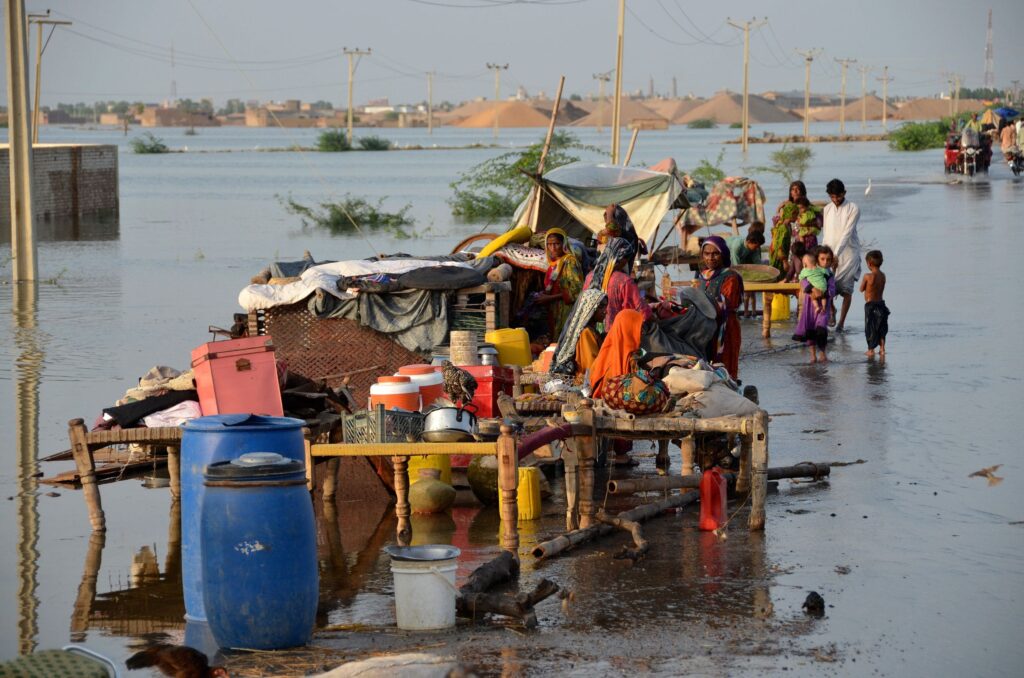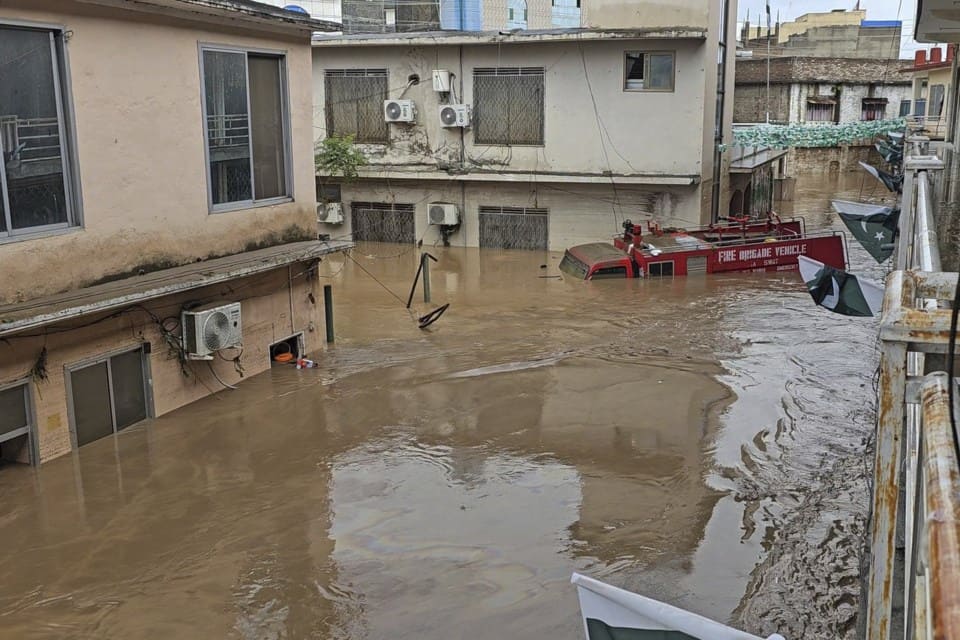At least 321 people have been killed in the last 48 hours as heavy monsoon rains caused catastrophic flash floods in northern Pakistan, officials said on Sunday.
The National Disaster Management Authority (NDMA) added that the mountainous Khyber Pakhtunkhwa (KP) province was the most affected by the disaster, recording 307 fatalities. In certain districts, rain-swollen rivers and mudslides had swept entire villages away, destroying homes, roads, and bridges. Rescue officials described scenes of chaos as families were trapped under the debris of houses that had collapsed and vehicles were swept away by gushes of water.
Nine more people were killed in Pakistan-occupied Kashmir (POK), and five died in the Gilgit-Baltistan region, where difficult terrain and poor infrastructure have slowed down relief efforts.
Relief and Rescue Efforts
Army boats and helicopters have been deployed to pluck survivors to safety and air-drop aid to cut-off communities. Hundreds of families were moved to relief camps, the NDMA said, though thousands more remained stranded without food, clean water, or electricity.
“Rescue operations are underway day and night, but landslides have rendered it hard to access numerous far-flung valleys,” an NDMA spokesperson said. “The priority is to save lives and provide immediate succor to the displaced.”

Hospitals in the affected districts are struggling to cope with the injured, while health officials have alerted authorities to the risk of outbreaks of waterborne diseases.
Continuing Monsoon Danger
Pakistan’s Meteorological Department has forecast more heavy rainfall in the coming few days, which has raised fears of new floods striking already devastated areas. Authorities have requested the people living in low-lying areas to relocate to high grounds and follow evacuation alerts.
Pakistan’s monsoon season, which runs from July to September, brings welcome rain for crops but also triggers back-to-back disasters. Deforestation, haphazard urbanization, and inadequate infrastructure have made many areas highly vulnerable to landslides and floods.
A Grim Reminder of 2022 Floods
The floods this year have revived memories of the catastrophic 2022 deluge, when record rainfall swamped a third of the country, killing more than 1,700 people and displacing millions. While the current disaster is on a smaller scale, experts warn that changing climate patterns are making such extremes increasingly common.
Prime Minister Shehbaz Sharif has conveyed condolences to the families of the deceased and directed provincial governments to intensify relief work. Foreign aid organizations have also begun mobilizing resources, anticipating the need for humanitarian assistance in the coming weeks.
Northern Pakistan is on high alert for now as citizens brace themselves for more rain, and the death toll is likely to rise as rescue workers reach deeper into remote locations.
Read Related News
Happy Independence Day, India – Celebrating Freedom & Unity
Apple iPhone 17 Series Launch Expected in Early September 2025
